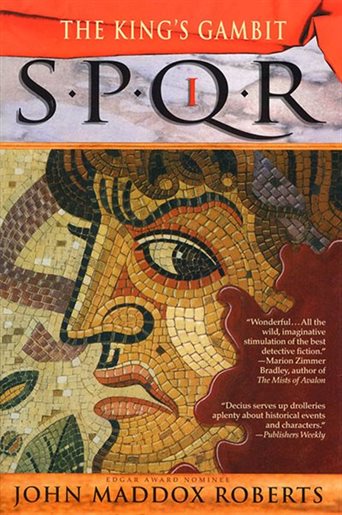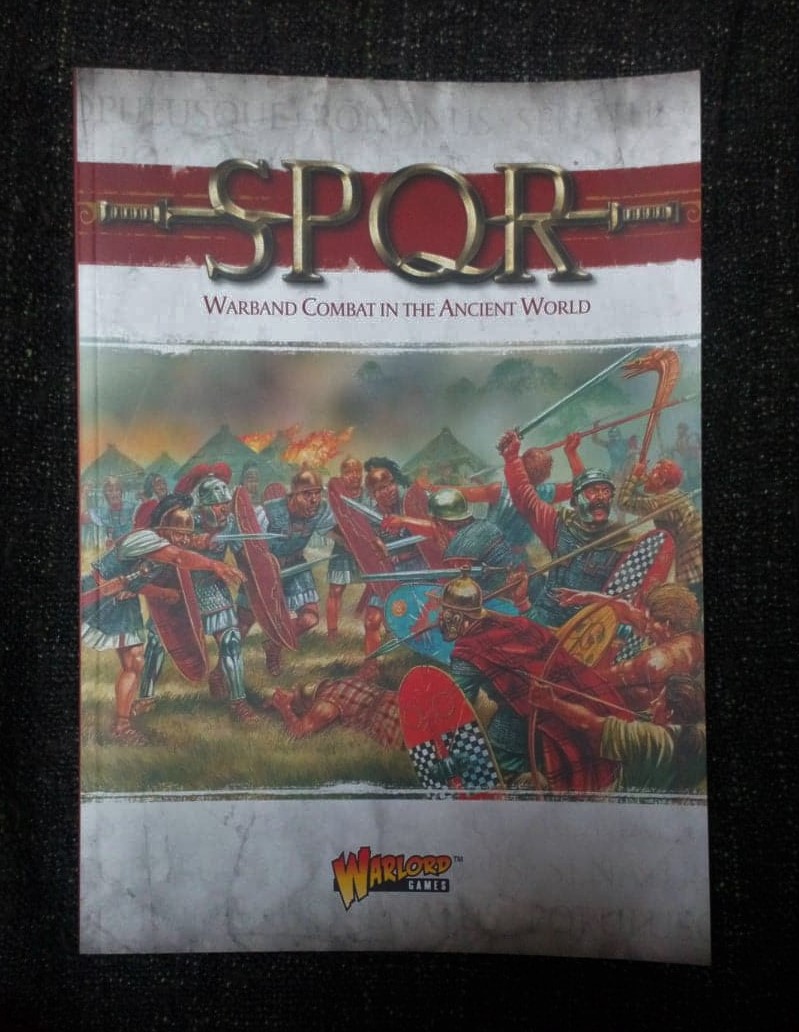

I’d have loved to read Beard’s interpretation about the events of the later Roman empire, such as the conversion to Christianity and finally Rome’s fall.

SPQR is well-written and expertly researched, but this inevitably triggers a sense of deficiency at the end. Chapters were dedicated to this and in some ways it became the most enthralling part of the book, despite my own enthusiasm for reading about governance structures in historic societies. And with limited information, she seeks to enlighten the reader about what life would have been like for ordinary working people and the poor. Her sharp analysis of the available evidence enables her to paint a detailed history of Roman society throughout the ages. (No, Caesarean-sections have nothing to do with Julius Caesar). Where Beard succeeds wonderfully is in sorting out the fact from fiction, and there is much sorting to do.

Perhaps this is a reflection of my own ignorance, and that may be a fair call, but it is not something I have experienced with other – arguably less-familiar – history texts about nations with which I have no cultural link whatsoever (eg: Korea, China, Japan). I never studied Roman history at university and so I encountered numerous references to concepts or people that I was simply unfamiliar with, but for which no real introduction or summary was provided. In my case, I had a general but basic familiarity with Roman history from a couple of high-school history units and incidental tidbits of knowledge that I’d picked-up since. Her explanations are thorough but at times she presumes a greater familiarity with Roman history from the reader than may be reasonable to presume. Of course, there comes a period of time when suddenly writing flourishes and archeological evidence accumulates and we see a much clearer picture.īeard’s storytelling is focussed and contextual: she provides the reader with the evidence that is available and assists with interpretation. In fact, much of the earliest histories of Rome are shrouded in mystery once the layers of traditional storytelling and fabricated histories are peeled back. The cover of SPQR by Mary Beard.īeard starts by explaining that there is a lot of myth about Rome’s foundations, yet hard evidence is scant. Beard is upfront about this and defines the periods that she will cover in her book, which is essentially from the days of earliest settlement to the beginning of the Christian Era. The expansion of the Roman world from a small settlement on the edge of the Tiber to one of the world’s greatest empires is a complex and multilayered story that cannot possibly be covered in a single volume, let alone a single narrative. Mary Beard’s history of the Roman empire, entitled ‘SPQR’ is an interesting read but also feels somewhat incomplete.Īs Mary Beard herself writes, there is no ‘one’ Roman history.


 0 kommentar(er)
0 kommentar(er)
